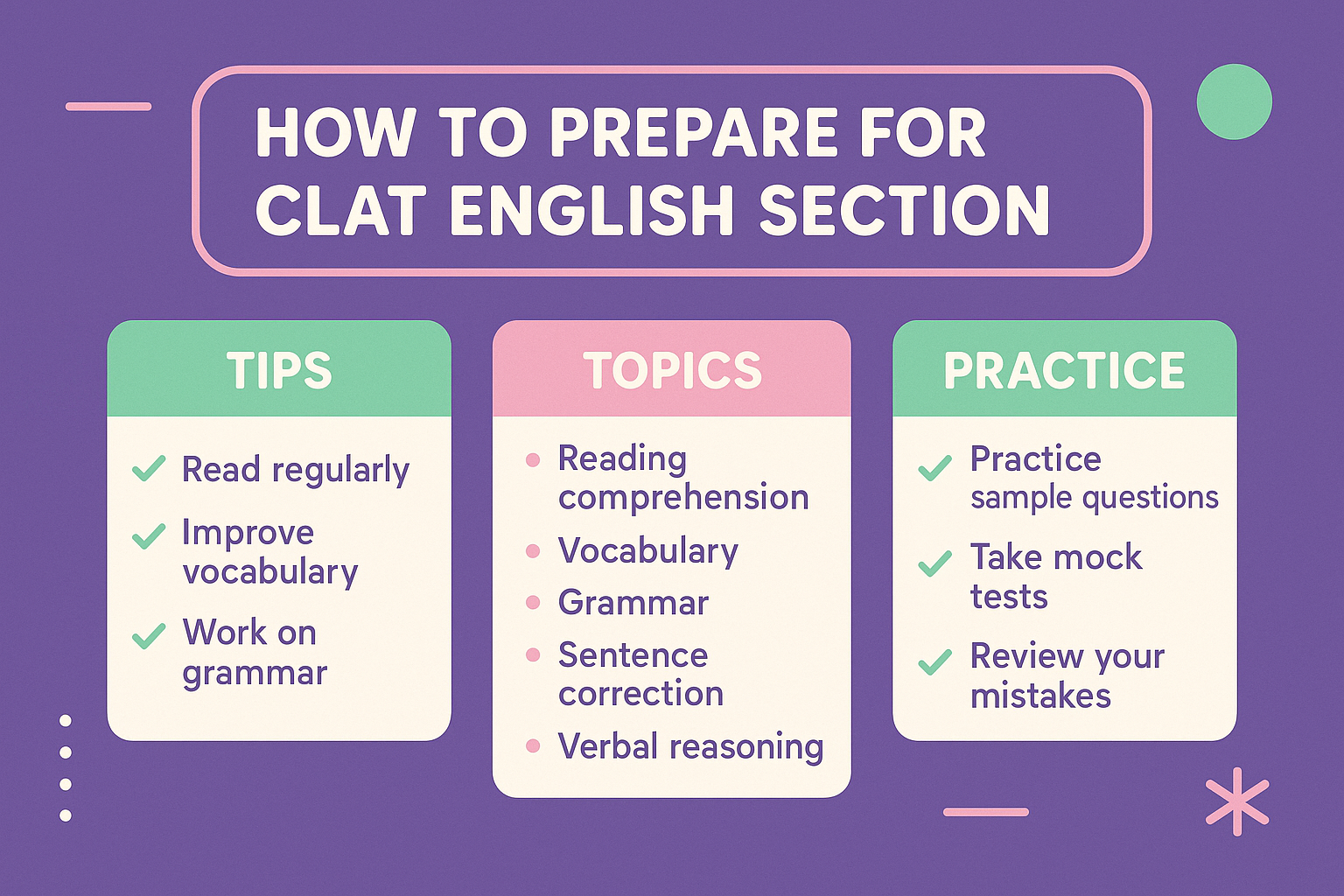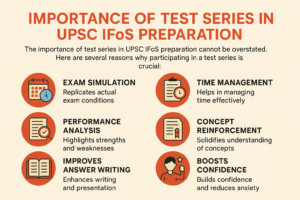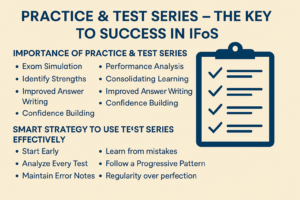Your Ultimate Guide to Scoring High in English for CLAT
The English section of the CLAT (Common Law Admission Test) is not just about grammar and vocabulary — it’s a crucial part of the paper that tests your reading comprehension, reasoning abilities, and command over language. A strong performance in this section can significantly boost your overall score.
In this comprehensive guide, we will walk you through the important topics, preparation tips, and effective practice methods to ace the English section of CLAT. Whether you’re in Class 11, Class 12, or starting your preparation late, this guide is tailored to help you crack the exam confidently.
OVERVIEW OF THE CLAT ENGLISH SECTION
The English section of CLAT consists of passage-based questions that evaluate:
Reading comprehension
Language usage
Inferences and conclusions
Vocabulary
Grammar and sentence structure
Number of Questions: 22–26
Total Marks: Approximately 20% of the paper (out of 120 marks)
Question Format: MCQs based on 450-word passages
IMPORTANT TOPICS TO FOCUS ON
Reading Comprehension
Understanding the central theme of the passage
Identifying arguments and counterarguments
Drawing inferences and conclusions
Recognizing the author’s tone and intent
Vocabulary
Synonyms and antonyms
Contextual vocabulary
Idioms and phrases
Commonly confused words
Grammar and Usage
Subject-verb agreement
Tenses and voice
Sentence correction
Prepositions, articles, conjunctions
Inference-based Reasoning
Understanding implicit ideas
Making logical predictions from the text
Interpreting meaning beyond the literal words
HOW TO PREPARE FOR CLAT ENGLISH SECTION: EXPERT TIPS
Read Newspapers and Editorials Daily
Focus on The Hindu, Indian Express, or The Guardian. Pay attention to argument structure, opinions, and tone.
Practice Passage-Based MCQs Regularly
Use CLAT sample papers, previous year papers, and mock tests. Practice at least 2–3 passages every alternate day.
Maintain a Vocabulary Journal
Note down new words with meanings and examples. Revise the list weekly. Use apps like Magoosh, WordUp, or Vocabulary.com.
Brush Up Basic Grammar
Use trusted grammar books like:
Wren & Martin – High School Grammar
Raymond Murphy – English Grammar in Use
Time Management During Practice
Solve passages under a timer to simulate exam pressure. Aim to complete each passage within 8–9 minutes.
Analyze and Review
After each mock or practice set, review your mistakes. Understand the logic behind correct options.
RECOMMENDED BOOKS AND RESOURCES
| Category | Resources |
|---|---|
| Reading Comprehension | Practice Papers, Previous Year Questions |
| Vocabulary | Word Power Made Easy by Norman Lewis |
| Grammar | Wren & Martin, English is Easy by Chetananand Singh |
| Mock Tests | CLAT PG by Career Launcher, TestZone by Smartkeeda |
| Daily Reading | The Hindu, Indian Express, LiveMint, Project Syndicate |
FINAL PREPARATION STRATEGY
Start Early: Begin preparation in Class 11 or early in Class 12 for long-term gains
Mix Reading and Practice: Alternate between reading passages and solving questions
Join a Test Series: Regular mock tests help with time management and accuracy
Track Progress Weekly: Keep a log of your accuracy, time taken, and weak areas
Revise Regularly: Set aside at least one day per week for vocabulary and grammar revision
FREQUENTLY ASKED QUESTIONS (FAQ)
Q1. Is English tough in CLAT?
Not at all. If you regularly read, practice comprehension, and revise vocabulary and grammar, this section can become one of your scoring areas.
Q2. How many hours should I dedicate to English preparation weekly?
Ideally, 6–8 hours a week, with 3–4 sessions of reading, 2–3 of comprehension practice, and 1 of revision.
Q3. Can I prepare for CLAT English without coaching?
Yes. With the right books, online platforms, and consistent practice, you can prepare effectively at home.
Q4. Are grammar-based direct questions asked in CLAT?
No direct grammar questions are asked. Instead, grammar is tested contextually through passage-based MCQs.
Q5. What is the best way to improve inference skills?
Read a wide variety of editorials, essays, and analytical articles. Practice CLAT-style inference-based questions regularly.
CONCLUSION
The English section of CLAT is all about smart reading, contextual understanding, and regular practice. If you commit to a structured plan and keep improving through consistent reading and practice, you’ll master this section with confidence.










